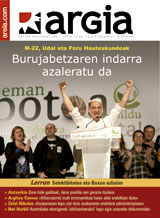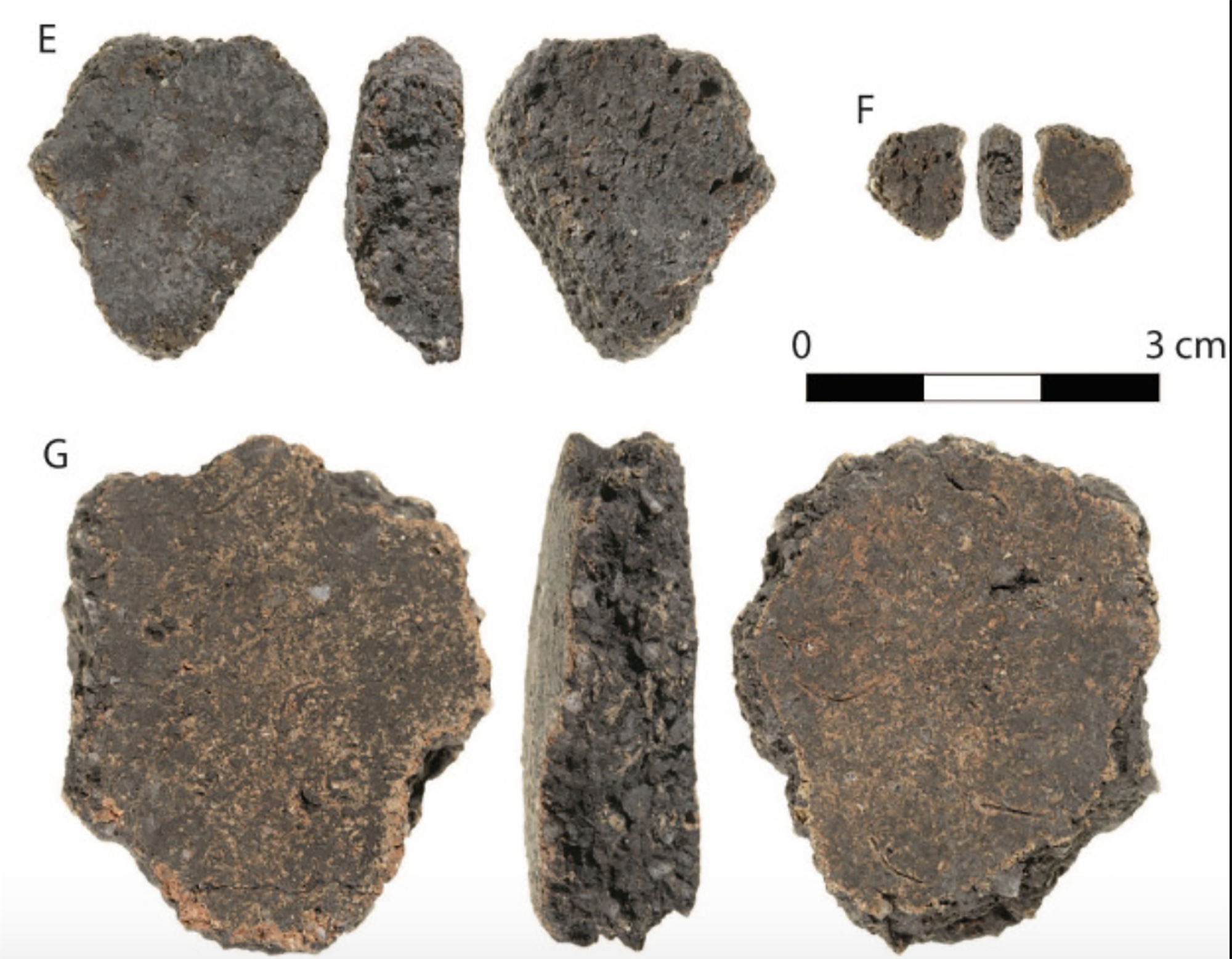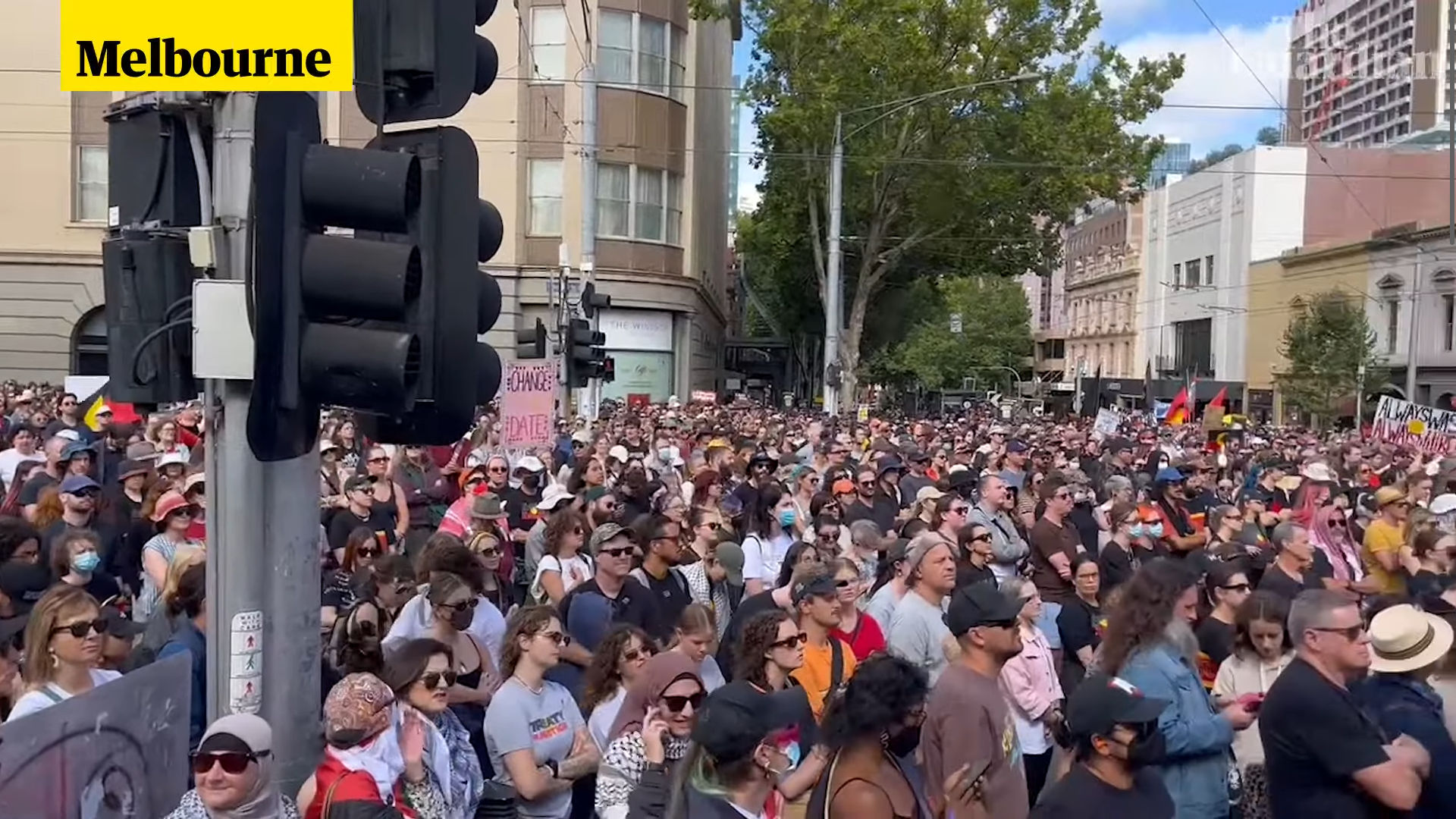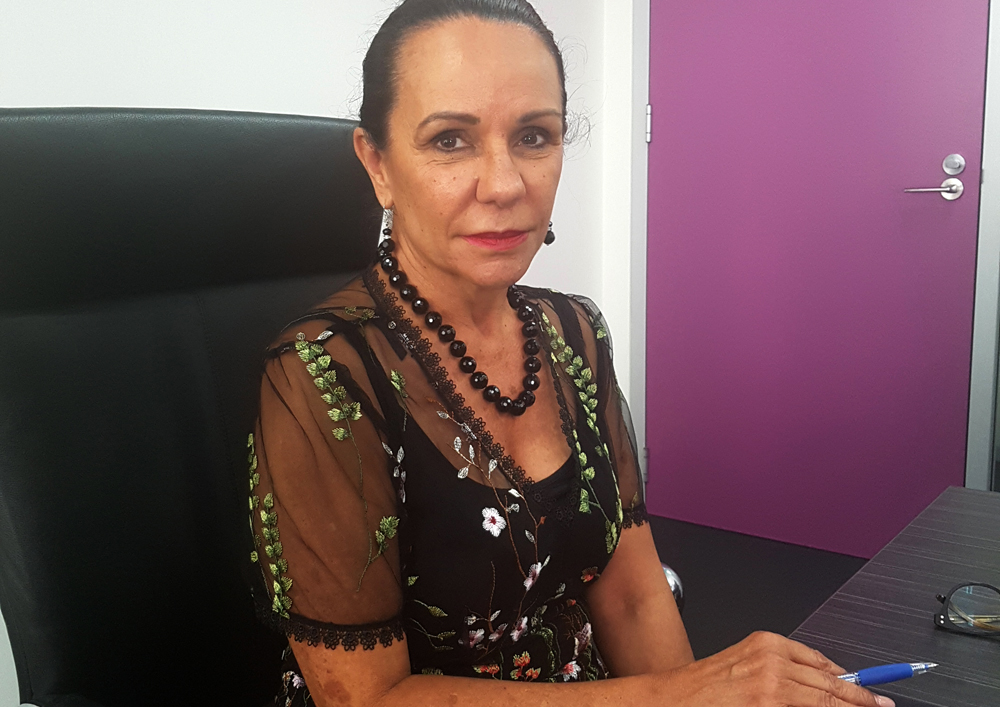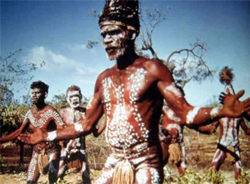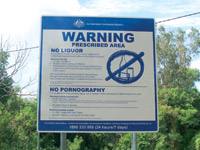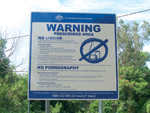The loss of Australia's last "savages"
- They were spotted in May 1964, but Australian Aboriginal officials could not capture the last 20 who lived without contact with white humans until September 24. Women, girls and children, no men. The film Contact and the book Cleared Out bring together the testimony of Yuwali, then 17 years old.
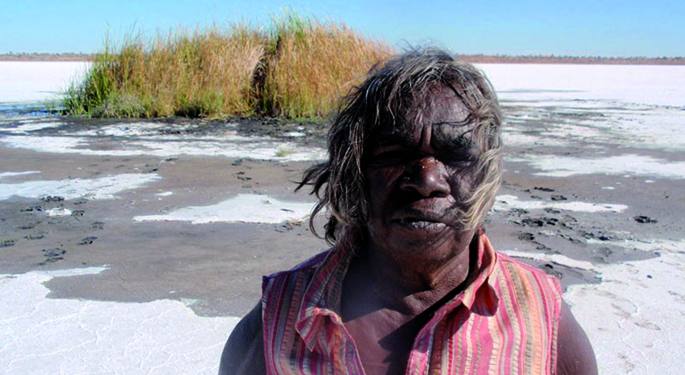
I was scared, shaking. God didn't know about white men. When I first saw it, I was shocked.” That's what Yuwali Nixon is talking about, today a 63-year-old grandmother, a beautiful 17-year-old girl in 1964. “I used to do Nigar without interruption. I told my mother ‘tell them to leave me here with my dingo [Australian dog]. I felt sorry for him when I saw him in the movie.”
As Yuwali speaks, in the film, images of a dozen and a half women and children walking in the desert are interspersed. They're all naked. Approaching the young woman’s face, she sees a gesture of adaptation of the matte hair on her forehead, the same that has come out in front of the camera to Yuwali, 63 years old. “There is only one Yuwali, I don’t know anyone else by that name,” and he rubs his face with mud, according to the custom of protecting himself from the desert sun.
The 80-minute documentary Contact tells the story of how the last people in Australia who lived completely away from modern civilization were located and taken on a Christian mission. As the film was offered by the French-German ARTE channel, its excerpts can be found on YouTube. He had previously starred in a book entitled Cleared Aout by Yuwali, Sue Davenport and Peter Johnson: First Contact in the Western Desert. In English, Cleare out is used to tell people to clean up leftovers, remove leftovers from their homes, tidy them up, and even forcibly evacuate or expel them. Everyone could describe what happened to those people.
In fact, as of the spring of 1964, the Australian government wanted to test the take-off of its satellite. The Yankees and Soviets were not the only ones in the competition to dominate space. The Australians had to try the Blue Strike rocket. Taking off from Woomera Base, scientists believe the rocket must have landed somewhere in the Great Sand Desert. A patrol from the Native Welfare organization was casually dispatched to evacuate if anyone remained on those swings.
In the film, Officer Terry Long says that in May the patrol managed to locate some humans there by watching the fire from a distance. But they escaped. The next session took place in September, on the eve of the launch of the second Blue Strike, when they managed to capture it. It was a small group of 20 people, women and children. Men hunting or going further. None of the twenty had ever seen a white man before.
It was really the contact between people who were separated by thousands of years. Those who were trying to take off the telecommunications satellite on the one hand, and those who lived nomadic from hunting and gathering as they did thousands of years ago. “The rocks are alive, these demons will eat us,” Yuwali said. The Paleolithic tupust with electronics.
In the film the official says that the women, the girl and the boy, got into the trucks with good spirits, there was a lot of drought there and they appreciated the help of strangers. Yuwali says they were forcibly taken.
They weren’t lost
Yuwali and his teammates from Jigalong Mission would meet more people from the Martu ethnic group. In the film you can see how the authorities avenge the new arrivals with milks and blankets. Dress up in civilization.
Among the Martutans they would be the only ones who remained in the desert in ancient civility. In the film, the whereabouts of the men who were missing from the group – they say in some commentary if they had gone in search of new women – are not clear, but all the other close and distant relatives lived in aboriginal reserves, many of them long ago.
Yuwali would remain on the Jigalong mission until 1982. It was that year that he became to settle in the village of Punmu with a large number of other comrades. In addition to harvesting the fruits and roots of the bush and hunting its animals, Yuwali began to cultivate the art of the first inhabitants of Australia. Since then he has been approached by many anthropologists, writers and journalists who want to know about the Aboriginal way of life.
At a roundtable under the pretext of the latest film, retired anthropologist and professor Bob Tonkinson wanted to clarify that these Martu people were not found by anyone in 1964: “They weren’t lost. They knew exactly where they were and what they were doing. It was their land.”
However, according to the same anthropologist who worked as a translator for the authorities in 1964, those who remained in the desert living in the old mold were the last remnants of a larger group of human beings. “It was curious not to find a man in the group; it was noticeable that the group did not have enough people to function as a society, for relationships, for the initiation of young people, for the organization of marriages, for all those components that a society needs to function.” Yuwali confessed to Tonkinson that they were soon beaten in the new camp because they had found relatives, mothers, fathers and uncles.
In 1788 the British began to colonize Australia. Experts discuss the number of human beings who lived there at the time: some say 315,000, archaeologists speak of 750,000. They spoke 250 languages. As it happened to the Indians of the Americas, it was reduced by diseases carried by outsiders and by the scourge caused by them: In 1990 it was only 93,000.
Today half a million people recognize that they are Aboriginal in Australia with ethnicity. According to Wikipedia, about 15 languages are still retained, with dozens more in ruins. But the leap from the Paleolithic way of life they had when the English arrived to the modern world is still expensive.
Even in the 1960s, they were forced into reserves. Governments and citizens of good heart to prevent them from harming the wild life. Businessmen to steal land rich in gold, oil or uranium. To eliminate large cattle, areas and fountains.
The 1966 Aboriginal miners’ strike and march has been seen as a milestone in the rebirth of Australia’s first settlers. However, in 1984 the government reserved the last hunter-gatherers of the Pintupi ethnic group. The rights have since been gradually recognized. In 2008, Prime Minister Kevin Rudd publicly apologized to the Aboriginal people because the state had allowed them to take their children away for years to reintegrate them into white families.
Today, 31% of Australia’s Aboriginal people live in large cities, 45% in villages and 24% in mountains and deserts.With only 4% of the country, they strive to overcome the harms of exclusion: diseases, low living standards, unemployment, media contempt...
Members of the James Cook University and the Research Council of Australia have discovered ceramic fragments from 2,000-3,000 years ago on the island of Jiigurru in northwestern Australia. These are the oldest ceramic remains discovered so far in Australia. The geological study... [+]
Lepoa eta eskuak aulki bati lotuta eta burua estalita duen nerabe bat ageri da bideoan. Ikerketa abiarazi du gobernuak, Malcolm Turnbull lehen ministroak aginduta, The Guardianek jaso duenez.
National Geographic aldizkarian Australiako aborigenei buruzko foto erreportaje ederra egin dute. Uhartean 50.000 urtez bizitu arren, egun Australiako biztanleen %3 baino gutxiago dira. Beren kultura, bizimodua eta mundu ikuskera pixkana desagertzen ari dira. Hala ere, egun... [+]
250 inguru ziren XVIII. mendean Australiako aborigenek hitz egiten zituzten hizkuntzak. Gaur egun 100 dira bizirik dauden hizkuntzak, eta gehienek oso hiztun gutxi dituzte.
Albiste susmagarriak iritsi ziren berrikitan Australiatik: aborigen jendeen artean haurrei sexu gehiegikeriak erruz egiten zaizkiela jakin eta agintariak neurriak hartzen ari omen direla. Albiste horren sustraian dagoen kolonialismo istorio iluna argitu nahi izan du John... [+]









